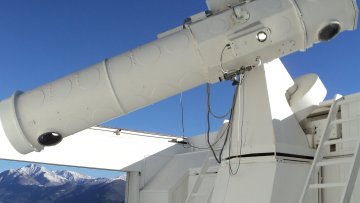Mixed precision multilevel Monte Carlo using quantised distributions
Abstract
Employing the usual multilevel Monte Carlo estimator, we introduce a framework for estimating the solutions of SDEs by an Euler-Maruyama scheme. By considering the expected value of such solutions, we produce simulations using approximately normal random variables, and recover the estimate from the exact normal distribution by use of a multilevel correction, leading to faster simulations without loss of accuracy. We will also highlight this concept in the framework of reduced precision and vectorised computations.


